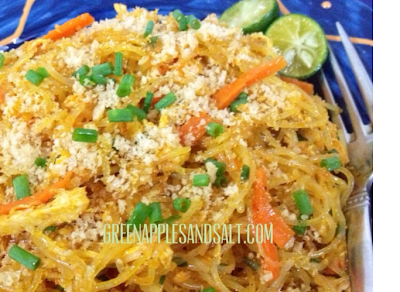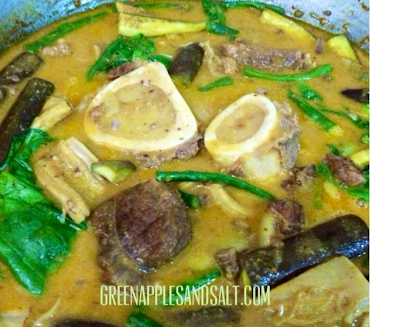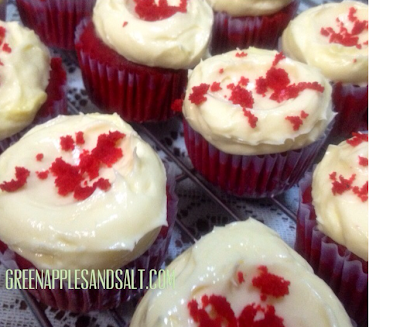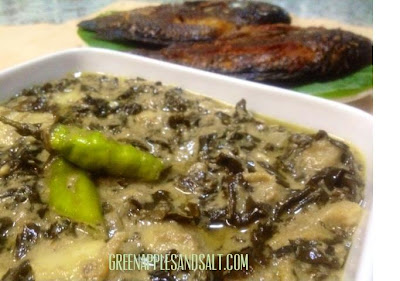Delicious. Healthful—high in protein and fiber. Easy to
make. Pantry staple ingredients. Inexpensive.
Kid and elderly friendly food. Gluten and dairy free (for those with
allergies). I could go on and on to describe this breakfast (or snack) idea.
When I first saw this recipe on the internet, I was hesitant
to try it. I thought it would taste like plain baby food. Well I was not
totally wrong—yes it tasted like a kid friendly meal but in a good way. It is soft and tasty. Since this is completely flourless, folks on a
gluten-free diet will be very happy with this recipe. For a smooth batter, you can use a blender to
liquefy the bananas—that is if you don’t mind washing an extra appliance J.
For a hassle free but a slightly bit
more elbow grease style, just mash the bananas with a fork and mix in the
beaten egg. If you want variations to
this recipe, you can add a sprinkling of cinnamon or a teaspoon of cocoa
powder. Ground flax seeds go unnoticed in this recipe adding more nutrition
to the already healthful formula. There
is no exact measurement here because sizes of eggs and bananas vary. I used one large egg and one medium banana, but you can use 2 eggs plus a medium banana for a high protein and low carb ratio. Just be patient before flipping these griddle
cakes—you have to wait until bubbles sta rt forming on top. You can also make
mini versions of this pancake, and make them a grab and go snack. Such a delicious and healthful snack for
those on a diet and even for those who aren’t . I am happy to share this pancake recipe with
you and hope you like it as much as I do. :)
I didn’t put any pancake syrup on top since they are sweet
enough to be eaten on their own.
Delicious!
Banana and Egg Pancakes
Yield: Makes 4 (3 inch) pancakes
Ingredients:
1 large egg or 2 small eggs, beaten
1 very ripe banana, mashed
melted butter or
cooking oil
Directions:
1. Mix together the beaten egg and mashed banana. Mix well.
2. Melt some butter or cooking oil in a griddle or non-stick
pan over low to medium heat.
3. Pour about ¼ cup of the mixture.
4. When bubbles form on top, flip over and cook for less
than a minute more.
5. Serve with butter
and pancake syrup on top; bacon or sausages on the side if desired.












